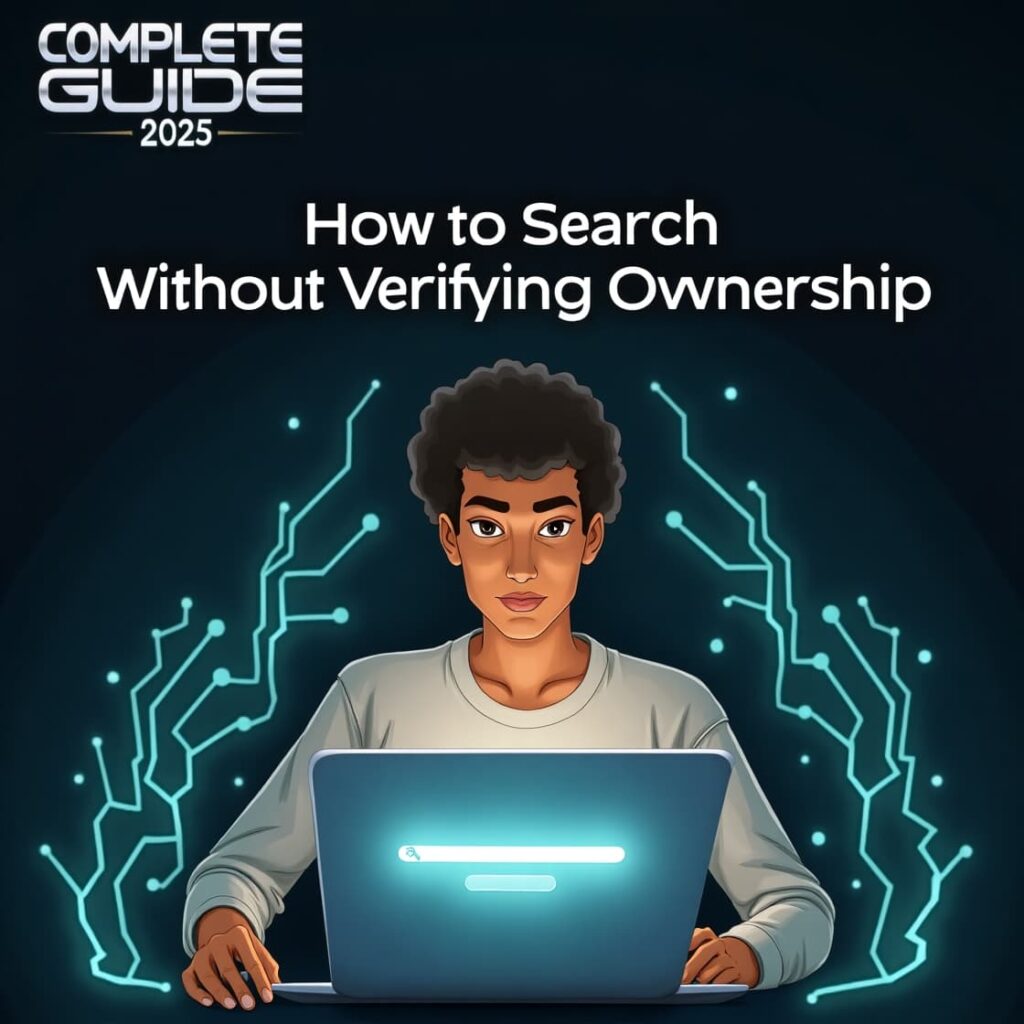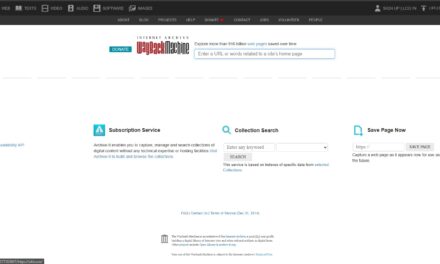When you think of managing your online presence, search engines like Google are often the first thing that comes to mind. Most people focus on what appears in Google search results because it impacts visibility, reputation, and SEO efforts. But what if you need to remove a page or site from the search results without having verified ownership of that particular web page? It sounds tricky, right? Well, it’s not impossible.
In this post, we’re going to break down how to request removal from search engines without confirming domain ownership. We’ll walk you through the process, compare different methods, and explore the pros and cons of this dynamic process. So, let’s dive in!
Table of Contents

What Is Removal Without Verifying Ownership?
Normally, Google Search Console is your go-to tool for managing your search results. As a site owner, you can verify your site through Google Search Console, where you can use various tools to manage the search engine results (SERPs), like requesting removal of specific pages. But what if you don’t own the website or web page in question? Can you still request the removal of a page or website from the Google Search?
The good news is that you can, but the process comes with limitations. Let’s look at the methods available and the situations where removal is possible.
How It Works: The Key Tools
There are a couple of key tools and methods that can help remove unwanted content from Google Search Results even without verifying ownership. Here are the most important ones:
Refresh Outdated Content Tool
One of the best tools for removing outdated content or unwanted search results is Google’s Refresh Outdated Content tool. This tool can be used to request removal of content that no longer exists or has been significantly altered, even if you don’t have access to Google Search Console.
For instance, if a page is deleted or the content has changed significantly, you can submit a removal request without verifying ownership.
Google’s Removal Requests in Search Console
This is the primary method for verified owners to request URL removals. Without verified ownership, the process is more limited, but users can still use Google Search Console to request the removal of unwanted search results when the page has been taken down or significantly changed.
However, this process may take longer because Google requires the content to be removed at the source first before it can be taken down from Google Search Results.
Request Removal of Sensitive Content
If you’ve found sensitive content associated with your personal information on a website you don’t control, you might be able to request the removal of that content. Google allows users to request the removal of sensitive content like personal data or images.
However, this is typically allowed only if the content is removed or changed at the source.
Step-By-Step Guide: How to Request Removal Without Verifying Ownership
Let’s break down the process of how to request removal without ownership verification. Here’s your step-by-step guide:
| Identify the Page or Content | Find the specific page or web page you want to remove. This can be an outdated post, image, or even sensitive content |
| Check if the Content is Removed at Source | Make sure the content is no longer available on the source website or has been significantly updated |
| Use the Refresh Outdated Content Tool | Go to Google’s Search Console and use the tool to request removal of content that no longer exists. |
| Submit a Removal Request | If you’re dealing with outdated content, request removal using the removal process available through Google Search. |
| Contact the Website Owner (Optional) | If the content is still live, you can reach out to the domain name provider or site owner to ask for removal. |
Key Comparisons: Verified vs. Non-Verified Ownership
While it’s great that you can still request removal without verifying ownership, it’s important to understand that the process will not be as smooth or reliable as it is for verified owners. Let’s compare the two:
| Full control via Google Search Console | Limited control; must rely on external tools or site changes |
| Fast and reliable removal requests | Slower removal process |
| Access to Search Console removal features | Limited tools like the Refresh Outdated Content Tool |
| Full visibility on the status of requests | Less transparency on the removal process |
| Permanent removal if configured properly | Temporary removal unless content is permanently removed at sourc |
The Pros of Removing Sites Without Ownership Verification
While the process is not as straightforward, there are still some significant benefits to removing unwanted pages or content from Google Search Results without verified ownership:
- Helps Users Protect Privacy If you discover sensitive content such as personal information, images, or anything that could harm your reputation online, requesting removal through Google’s tools can help protect your privacy.
- Supports Content Cleanup Content that has been taken down or deleted from the source website but still appears in search engines can be frustrating. Using these tools allows you to clean up search results to reflect more accurate and current information.
- Accessible to Non-Technical Users You don’t need to be a technical expert to use tools like the Refresh Outdated Content Tool. If you find yourself dealing with outdated content, this option is a simple solution for anyone, regardless of technical experience.
The Risks and Drawbacks
However, there are also some risks and limitations that come with removing content without verifying ownership:
- Slower Process The biggest downside is the slower and less direct removal process. Without having access to Google Search Console, you’ll be relying on the content being removed at the source before Google will act on your request.
- Limited Control and Transparency Without ownership verification, you won’t have a way to track the status of your removal requests. This could lead to frustration as you wait for updates or results.
- Potential for Misuse Although Google does its best to prevent misuse of these tools, there’s still the potential for people to try and request the removal of content unfairly. Google has mechanisms in place to address this, but it’s something to keep in mind.
- Temporary Removal Even if unwanted content is removed from search engine results, the process is often temporary (e.g., six months). Unless the content is permanently removed or blocked by the site owner, it can reappear.
- SEO Implications If the removal process isn’t handled correctly, it could lead to confusion in search results or have unintended effects on SEO. This could ultimately hurt the visibility of certain websites or mislead users.
Best Practices and Recommendations
So, what can you do to make sure you’re handling removals effectively? Here are some best practices:
For Site Owners: Always verify ownership in Google Search Console to have full control over URL removals and site management. You can also use noindex meta tags or robots.txt files to block indexing from the get-go.
For non-owners: You’ll need to use tools like the Refresh Outdated Content tool and rely on the content being removed at the source. If the page still exists, it’s best to contact the site owner directly.
Understand Limitations: Always keep in mind that removal without ownership verification is a workaround, not a replacement for having full control over the website. It’s slower, temporary, and depends on the status of content online.
Conclusions
While it’s possible to request removal of web pages or content without verified ownership, the best approach is always to verify ownership through Google Search Console. This gives you much more control, better speed, and transparency when managing your online presence.
However, for specific pages or in specific circumstances (like sensitive content or outdated content), Google’s tools can still offer a way to clean up search results—even if you don’t own the site.
In the end, the more you understand about these removal requests, the better equipped you’ll be to manage your search engine results effectively. Whether you’re protecting your privacy, cleaning up outdated content, or just trying to improve your SEO strategy, taking control of your search presence is an essential part of digital agency growth.
For more insights, check out John Mueller’s recommendations on managing search visibility and removal processes on Google.
Want to stay ahead? Subscribe for daily search insights at bizaen and ensure your SEO strategies are always up to date









